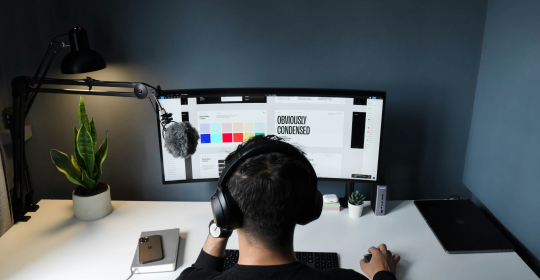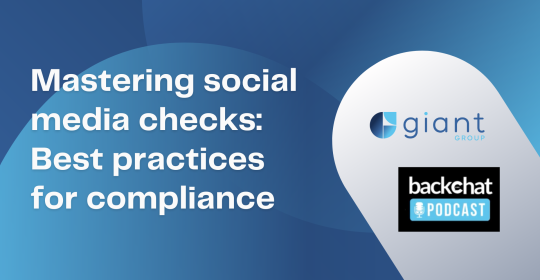However, you do not automatically become an Invisalign provider just by being a qualified orthodontist. Specific steps, including training and certification, are required to become an official Invisalign partner.
Do You Automatically Become an Invisalign Partner?
Simply being an orthodontist or dentist does not make you an Invisalign provider. Although orthodontists are already trained in teeth-straightening techniques, Invisalign is a method used to align teeth but it requires specific knowledge.
To become an Invisalign partner, practitioners must undergo training to ensure they can properly assess, plan, and treat cases using the Invisalign system.
In fact, dentists, who are not orthodontists, can also become Invisalign providers if they complete the necessary training and certification. This makes the program accessible to a wide range of dental professionals, although orthodontists may already have a stronger foundation in treating misaligned teeth.
Do You Need Courses to Become an Invisalign Partner?
Yes, Invisalign requires practitioners to complete specific courses to become certified. The certification process begins with an initial training course, where dentists and orthodontists learn how to use Invisalign’s digital platform, Invisalign's ClinCheck software, and how to manage patient cases using the clear aligners.
In the UK, these courses are typically provided by Align Technology, the company that owns Invisalign. The courses can be taken in person or online and are designed to ensure that every provider understands how to create treatment plans and guide patients through the Invisalign process.
According to Invisalign, as of 2021, over 12.5 million patients worldwide have used Invisalign treatment. The growing demand highlights the importance of properly trained and certified providers, as patients expect high-quality care.
What Are the Regulations for Becoming an Invisalign Partner?
Regulations for becoming an Invisalign partner depend on both Invisalign’s internal requirements and the local regulations governing dental practices. In the UK, all dental professionals must be registered with the General Dental Council (GDC).
This applies whether you are an orthodontist or a dentist wishing to offer Invisalign treatment. In addition to GDC registration, providers must comply with health and safety regulations, as well as maintain appropriate insurance to cover orthodontic treatments.
Invisalign providers must also meet specific standards set by Align Technology. After completing the initial certification, practitioners must continue to meet certain criteria, such as treating a minimum number of Invisalign cases each year, to maintain their status as an official Invisalign provider. This helps ensure that providers are experienced and up-to-date with the latest advancements in Invisalign technology.
According to a study by the British Orthodontic Society, around 75% of adults in the UK now believe that having straighter teeth can impact their career success. This statistic reflects the increasing demand for orthodontic treatments, including Invisalign, among adult patients. As a result, becoming an Invisalign partner can be a valuable addition to a dental practice.
Continuous Education and Support
Invisalign also offers continuous education and support to its partners. Once a dentist or orthodontist becomes certified, they have access to ongoing training opportunities. These include advanced courses, webinars, and updates on new technology or techniques in the Invisalign system. This allows providers to improve their skills and offer more complex treatments as they gain experience with the aligners.
In addition, Invisalign offers marketing support to help its partners promote the service to patients. This includes access to branded materials, patient education resources, and digital tools to help with case management and treatment planning.
Conclusion
To become an Invisalign partner, dental professionals must complete specific training and certification, even if they are already qualified orthodontists. While the process requires some time and effort, it opens up opportunities to meet the growing demand for clear aligners in the UK. Providers must comply with both Invisalign’s internal standards and local dental regulations. By becoming an Invisalign partner, dentists and orthodontists can offer a popular, in-demand treatment that appeals to both adults and teens looking for an effective way to straighten their teeth.






